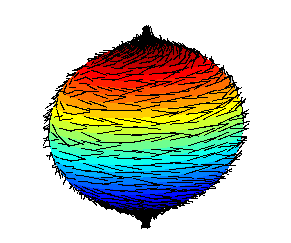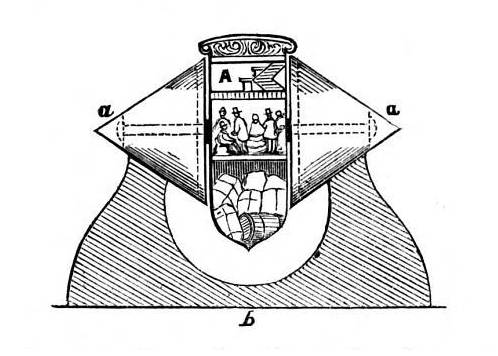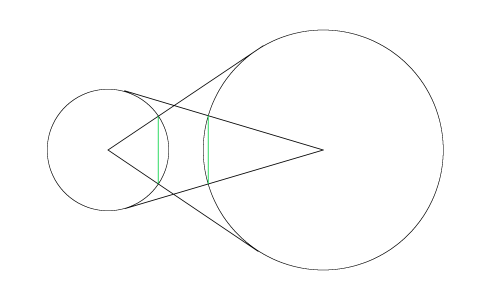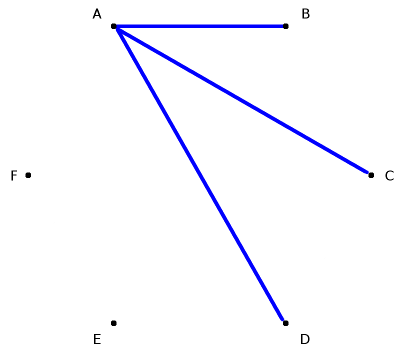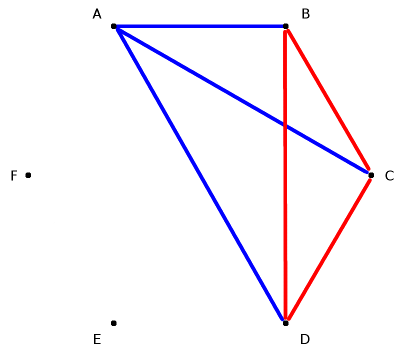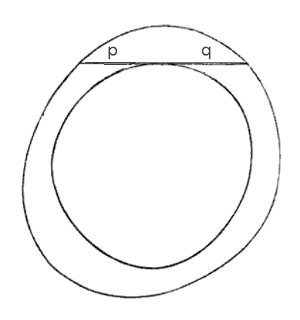
What is directly on the opposite side of the world from you? This map answers that question by superimposing each point on earth with its opposite. Some notable sisters:
- Beijing, China, is nearly opposite Buenos Aires, Argentina
- Madrid, Spain, is nearly opposite Wellington, New Zealand
- Bogotá, Colombia, is nearly opposite Jakarta, Indonesia
- Bangkok, Thailand, is nearly opposite Lima, Peru
- Quito, Ecuador, is nearly opposite Singapore
- Seoul, South Korea, is nearly opposite Montevideo, Uruguay
- Perth, Australia, is nearly opposite Bermuda
- Charmingly, Cherbourg, France, is opposite the Antipodes Islands south of New Zealand
W.V.O. Quine explains how an enterprising traveler can arrange to visit two precise antipodes: “Note to begin with that any route from New York to Los Angeles, if not excessively devious, is bound to intersect any route from Winnipeg to New Orleans. Now let someone travel from New York to Los Angeles, and also travel from roughly the antipodes of Winnipeg to roughly the antipodes of New Orleans. These two routes do not intersect — far from it; but one of them intersects a route that is antipodal to the other. So our traveler is assured of having touched a pair of mutually antipodal points precisely, though he will know only approximately where.”

